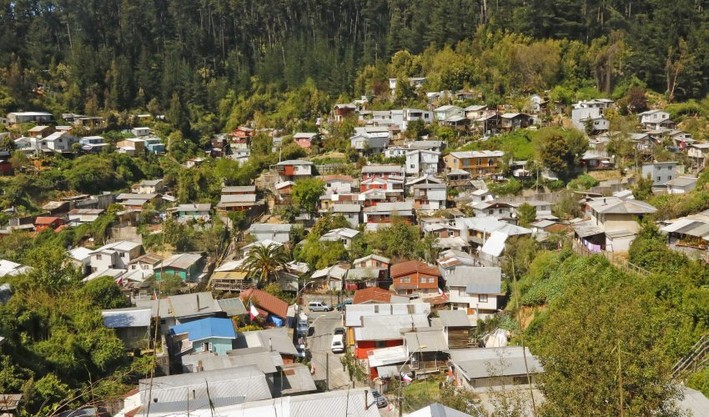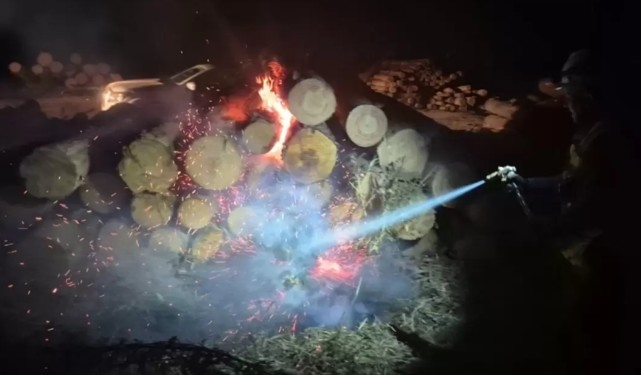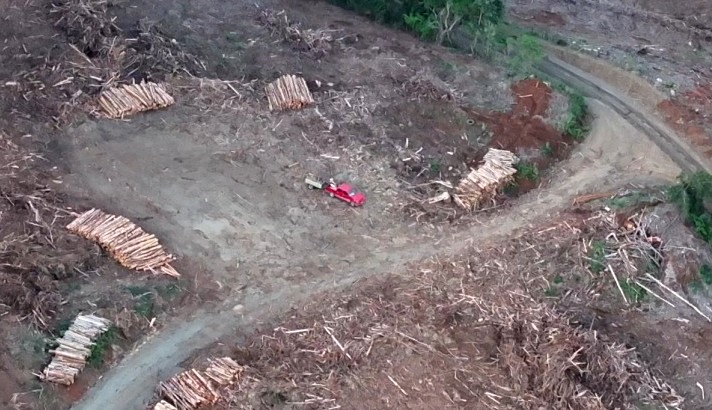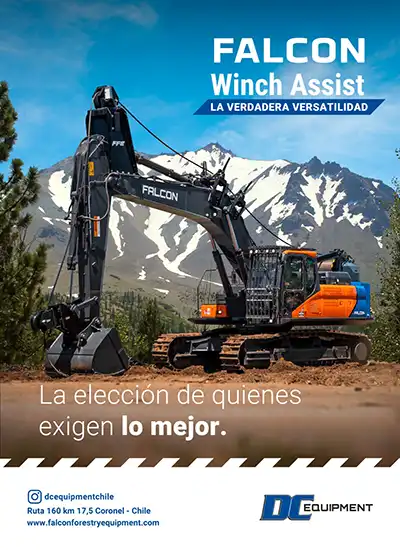Concepción Neighbors Call for Strengthening Prevention Amid Increased Wildfire Risk
The start of the fire season has once again put the authorities and communities of Biobío on alert. In a city like Concepción, where the urban-forest interface increasingly intertwines with hills, ravines, and grassland areas, early prevention becomes a key challenge.
As every summer, the combination of high temperatures, wind, and the accumulation of plant debris increases the risk of spread in residential areas near green zones. Although organizations like Conaf and Senapred have reinforced their regional awareness campaigns, doubts persist about the level of community preparedness for a wildfire.
On the other hand, direct training experiences for neighbors remain limited or concentrated in communes with higher rural exposure, while in the urban area, neighborhood organizations take on a more reactive than preventive role.
In this scenario, the question arises about how integrated the communities of the regional capital are in local emergency control and management strategies. Knowing whether the Fire Department, municipalities, or the neighborhood councils themselves have recently promoted workshops or citizen training programs is useful to gauge the real extent of emergency preparedness, which each year seems to arrive earlier.
Neighbors of Concepción
From the territory, perceptions vary. In a dialogue with Moisés Ríos, president of the Communal Union of Neighborhood Councils of Concepción, the leader stated that there have been no broad instances of training or preventive talks promoted by the Fire Department or the municipality lately. "They used to do them, they invited us and came to deliver the information, but now nothing has happened. Only in two specific sectors," he commented.
Ríos warns that the concern of communities today focuses on the lack of maintenance of private lands adjacent to populated areas, especially in sectors like Palomares, Nonguén, Collao, and Acevedo, where large areas belonging to companies or individuals accumulate weeds and debris without oversight. "The owners of those estates do not perform the necessary clearing or cleaning, and that increases the risk of fires," he said.
In the leader's opinion, preventive actions are lagging despite high temperatures already being felt in the commune. Therefore, he insists that the key lies in shared responsibility: neighbors keeping their front and back areas clean, owners complying with the cleaning of their properties, and authorities overseeing and coordinating mitigation efforts before the full onset of summer.
The leader recalled that years ago there was much more active coordination between the Fire Department, Conaf, and the neighborhood councils themselves. Back then, communities participated in mixed teams that carried out cleaning and firebreak tasks on lands near homes. Today—he lamented—that coordination has been lost.
Lastly, he explained that neighbors face a practical limit: they cannot enter private properties without municipal authorization, even when they represent an evident risk. "If the authority does not accompany us, we cannot enter to clean, and that leaves entire sectors exposed," he stated.
Fire Department Planning
From the Concepción Fire Department, Commander Felipe Meneses explained that although last year they participated in some community training sessions called by the municipality, this year they do not have their own planning for talks or workshops aimed at neighbors.
As he specified, the department's work has focused on preventive patrols and identifying critical points, aiming to spot potential blockages or difficult access for units during emergencies in urban-forest interface zones.
"We are working together with the municipality's Disaster Risk Management Unit to identify sectors where our units could be blocked," he stated.
Additionally, he clarified that the absence of training is not due to a lack of resources but to a shift in focus agreed upon with the municipality, which prioritizes patrols and communication actions over open training sessions. Within this framework, operational coordination with Conaf and Senapred remains active, though confined to response and combat protocols rather than community education.
The commander also detailed that the sectors with the highest exposure within the commune correspond to Chaimávida, El Polvorín, the surroundings of the Nonguén Reserve, Cerro Caracol, Cerro Chepe, and the Costanera axis, where last year the highest number of urban grassland fires were recorded.
With this, and in the face of potential preventive or red communal alerts, the Fire Department will apply its traditional standby scheme, reinforcing personnel and equipment to ensure an immediate response. The goal, Meneses explained, is to maintain full operability both in Concepción and in support of other communes in the province, prioritizing availability over external deployment.
Other Communal Realities
Moving north of the regional capital, and to also visualize other areas of Greater Concepción, from Tomé, the president of Neighborhood Council No. 5 in the Cerro El Santo sector, Luis Figueroa, confirmed that they have not received community training from the Fire Department this year.
"They have not offered us that type of talks," he stated, recalling that the only recent instance came from the Quiero Mi Barrio program, where basic prevention aspects were addressed, though with low participation due to neighbors' work schedules.
The leader maintained that the municipality has acted slowly in the face of risk and that its intervention is mainly limited to social support after incidents, rather than prevention. "Here with wildfires, the first to arrive are the firefighters; the municipality appears later, when a house has already burned," he commented.
Figueroa added that the presence of uncleaned private and forested properties exacerbates the danger in Cerro El Santo, where in 2023 a large fire threatened the sector's homes. "Companies do not cooperate, they leave their lands with weeds very close to the houses. If it burns, the damage could be tremendous," he warned, emphasizing that the lack of coordination between communities, the municipality, and private entities maintains a scenario of vulnerability ahead of the upcoming hot season.
Source:Diario Concepción

















